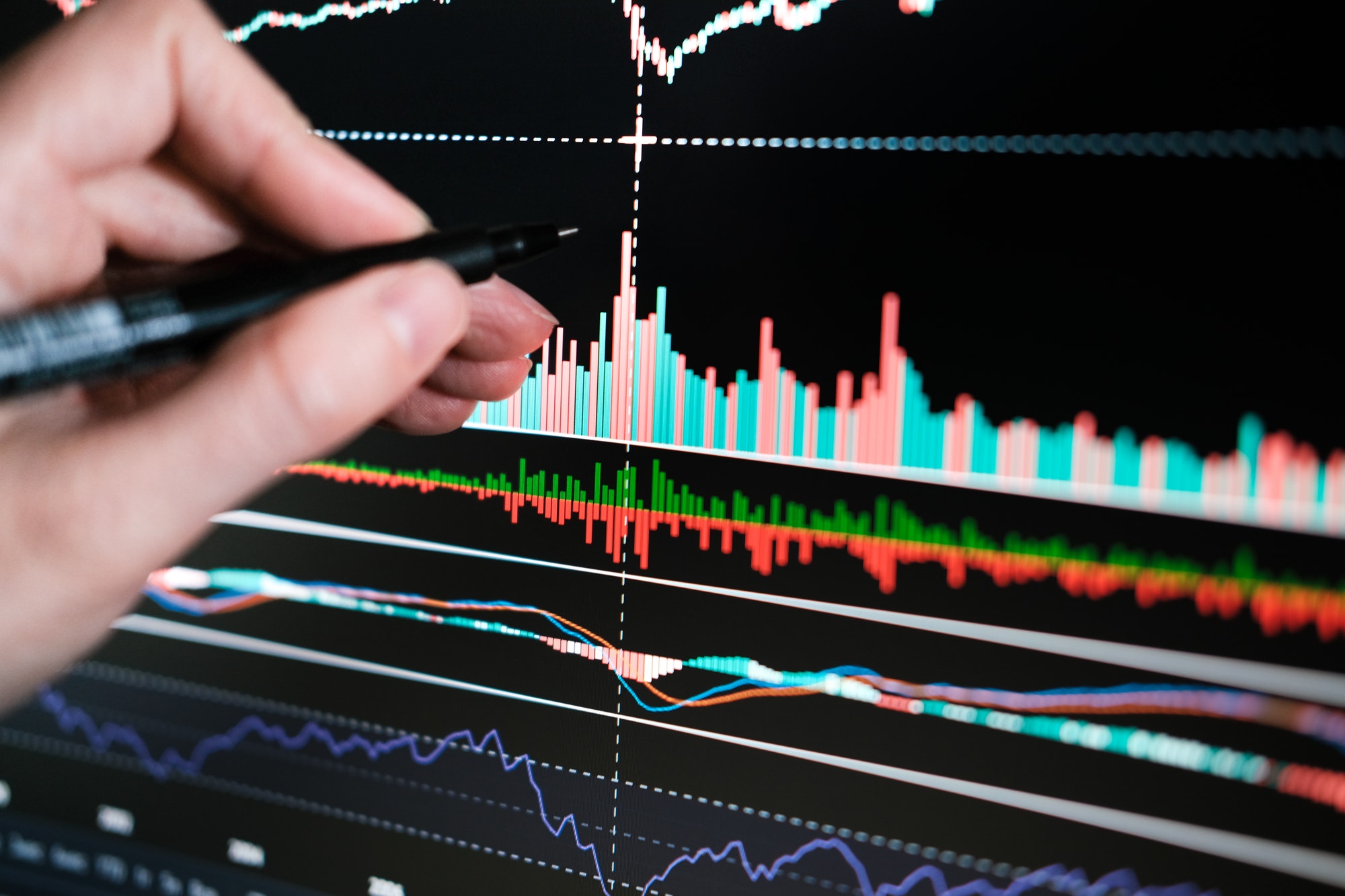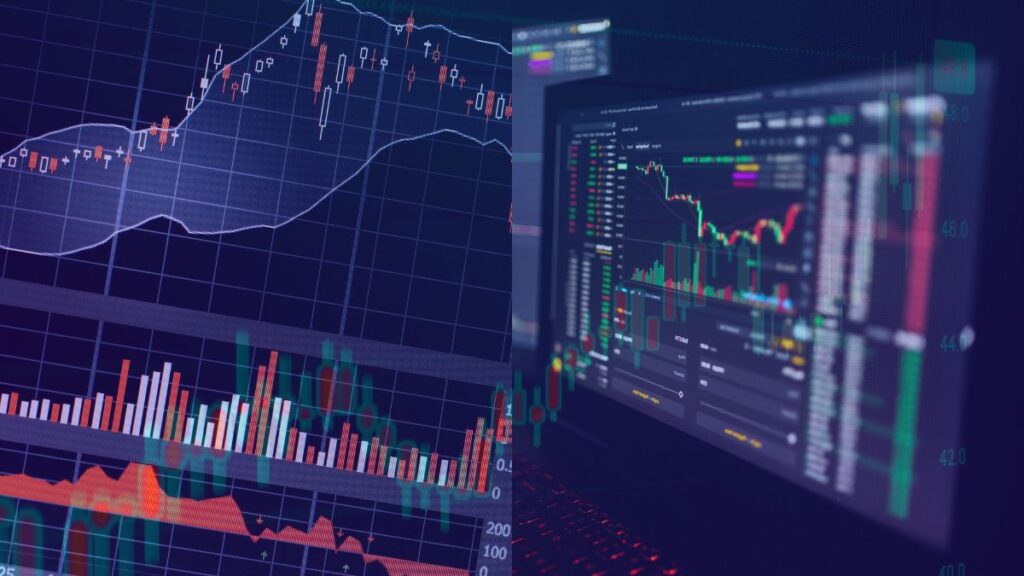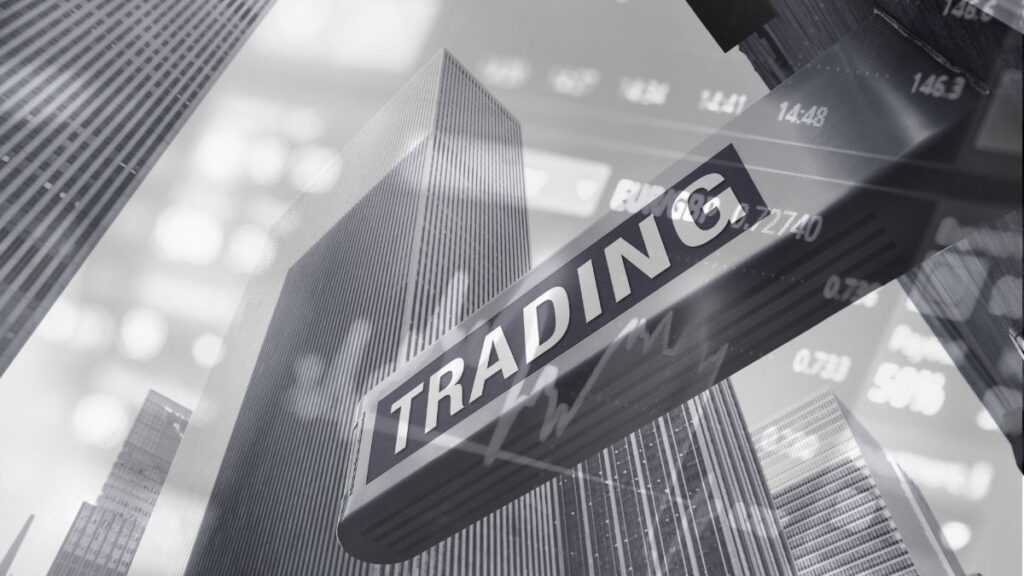What Technical Indicators Actually Do for Funded Traders
For funded traders, technical indicators are not just colorful lines on a chart. They are decision filters that reduce uncertainty. Since funded accounts come with strict rules on risk, drawdowns, and trade frequency, indicators help traders standardize their decisions across volatile market conditions.
The key is to understand indicators as tools for context, not as “magic signals.” They work best when integrated into a decision framework that considers:
-
Trend recognition (is the market directional or range-bound?)
-
Momentum strength (is that breakout real or likely to fail?)
-
Volatility conditions (how far can price realistically move before reversing?)
-
Liquidity participation (are institutions or retail traders dominating today’s action?)
This way, indicators act less as “buy/sell buttons” and more as risk and timing enhancers within your broader strategy.
The Indicators Day Traders Really Use (and Why)
While textbooks highlight dozens of indicators, most day traders consistently rely on a handful that balance simplicity with effectiveness. Across community discussions, a consensus emerges: VWAP, moving averages, ATR, ADX, and volume-based tools dominate intraday decision-making.
Let’s break them down:
VWAP (Volume Weighted Average Price)
VWAP is often called the “intraday fair value line.”
-
What it does: Calculates the average price of an asset weighted by trading volume.
-
Why it matters: Institutions benchmark executions against VWAP, so price frequently reacts around it as dynamic support/resistance.
-
How traders use it:
-
On trend days, pullbacks to VWAP are considered buying/selling opportunities.
-
On choppy days, VWAP acts as a magnet, pulling price back to equilibrium.
-
-
Pro tip: Many pros now anchor VWAP to specific events (like market open, news candles, or yesterday’s high) for sharper context.
VWAP isn’t “just an indicator”—it’s on every chart because it frames the battle between buyers and sellers in real time.
ADX / DMI (Average Directional Index)
ADX doesn’t tell you where price is going—it tells you how strong the move is.
-
What it does: Measures trend strength (values above ~25 signal strong trend; below ~20 indicate chop).
-
How traders use it:
-
Filters out false breakouts—only trust breakouts when ADX is rising.
-
Confirms when to switch from trend-following setups to mean-reversion plays.
-
-
Extra edge: The DI+ and DI− components show whether bulls or bears have control, adding context to price action.
ATR (Average True Range)
ATR is the risk manager’s best friend.
-
What it does: Measures average volatility over a set period.
-
Why it matters: Stops set too tight get hit easily; ATR gives you an objective way to size stops and targets.
-
How traders use it:
-
Stops = 1–1.5× ATR.
-
Position size = fixed % of account ÷ ATR stop.
-
Adapts naturally to volatility spikes, so you don’t risk the same dollars in calm vs. chaotic markets.
-
Some traders say ATR is the only indicator they trust for consistent sizing across assets.
Volume & Volume Profile
Volume is the fuel behind price. Without it, moves often fail.
-
Standard volume: Confirms breakouts (high volume = stronger conviction).
-
Volume Profile: Plots traded volume at different price levels, revealing institutional accumulation/distribution zones.
-
Why it’s powerful: Shows where the “big money” cares—price often reacts at these levels far more reliably than arbitrary indicators.
Opening Range & Time-of-Day Effects
Markets aren’t flat across the clock.
-
Opening range: The first 5–30 minutes often set the day’s tone. Traders use Opening Range Breakout (ORB) strategies, only entering when volume and ADX confirm direction.
-
Time-of-day effect: Volume follows a U-shape—high at open/close, low mid-day. This impacts which indicators work best:
-
Morning/afternoon → breakout and momentum setups.
-
Mid-day → mean-reversion (VWAP fades, Bollinger reversions).
-
Smart funded traders adapt their indicator playbook by session instead of applying one-size-fits-all rules.
Playbooks You Can Apply Today
Day traders often get lost testing dozens of indicators. In reality, consistent setups come from combining market context + 1–2 indicators + price action confirmation. Here are four plug-and-play playbooks that funded traders actually use.
Trend-Day VWAP Pullback
-
Context: Market is trending (confirmed by ADX > 25 and rising).
-
Setup: Wait for price to pull back toward VWAP. Look for a higher low (uptrend) or lower high (downtrend).
-
Entry: Enter when price rejects VWAP with volume confirmation (e.g., bullish engulfing candle off VWAP).
-
Stop: 1× ATR below VWAP or local swing.
-
Target: Prior high (uptrend) or measured ATR multiple (1.5×–2× ATR).
-
Why it works: Institutions see VWAP as “fair value.” On strong days, retracements to VWAP attract buyers/sellers aggressively.
Chop-Day VWAP Fade
-
Context: Market lacks trend (ADX < 20; overlapping candles).
-
Setup: Price stretches 1–1.5× ATR away from VWAP.
-
Entry: Fade back toward VWAP on signs of exhaustion (long wicks, declining volume).
-
Stop: Just outside the swing extreme.
-
Target: VWAP mean reversion.
-
Why it works: On range days, VWAP acts like a magnet, pulling price back to equilibrium.
Opening-Range Breakout (ORB)
-
Context: First 5–30 minutes set a strong high/low range, supported by above-average opening volume.
-
Setup: Mark the high/low of the opening range.
-
Entry: Enter on breakout above/below ORB with volume expansion and ADX rising.
-
Stop: 1× ATR inside the range.
-
Target: 2× ATR or next liquidity zone (previous day’s high/low, VWAP bands).
-
Why it works: Institutions reveal early conviction at the open. Aligning with them avoids chop and false signals.
Mean-Reversion Bands (Bollinger / Keltner)
-
Context: Sideways conditions (ADX flat/low).
-
Setup: Price closes outside Bollinger Bands or Keltner Channels.
-
Entry: Fade back toward midline (20-period moving average). Confirm with volume drying up.
-
Stop: 0.5–1× ATR outside the band extreme.
-
Target: Midline of the band or VWAP if nearby.
-
Why it works: Extreme moves in quiet markets often snap back, especially mid-day when liquidity is thin.
Indicator Pairing Matrix & Settings
Not all indicators play well together. A common mistake is stacking redundant signals (RSI + Stoch + MACD), which add noise without new information. Instead, use complementary pairs:
| Role | Recommended Indicator(s) | Settings Notes |
|---|---|---|
| Signal | VWAP, 21 EMA, ORB levels | Standard intraday VWAP reset daily; anchor VWAP to events (open/news). 21 EMA as trend “home base.” |
| Filter | ADX / DMI | Period 5–15 for intraday; only trade breakouts if ADX > 25. |
| Risk/Vol | ATR | 7–14 period; stops = 1–1.5× ATR; size = fixed % risk ÷ ATR stop. |
| Confirm | Volume, Volume Profile, PVO | Look for expansion on breakouts, drying up at extremes. |
| Context | Time-of-Day & Higher TF | U-shape volume curve; check daily trend vs. intraday setups. |
Quick rules for funded traders:
-
Always combine one signal + one filter + one risk tool.
-
Test settings per instrument (e.g., ATR(7) may work better for fast futures, ATR(14) for swing stocks).
-
Avoid redundancy (e.g., don’t pair RSI + Stoch).
Time-of-Day Edges
Day trading is not just what you trade but when. Market behavior follows predictable time-of-day cycles:
-
Opening hour (9:30–10:30 ET) → Highest volume, widest ranges. Best for Opening Range Breakouts (ORB) and momentum plays.
-
Late morning (10:30–12:00 ET) → Momentum fades; VWAP fades and mean-reversion setups become more reliable.
-
Midday (12:00–2:00 ET) → Low volume “chop zone.” Many pros avoid trading here unless fading extremes.
-
Afternoon push (2:00–3:30 ET) → Institutions reposition. Trend continuation or reversals often start here.
-
Last 30 minutes (3:30–4:00 ET) → Volume spikes again. Ideal for VWAP reclaim trades and breakouts with follow-through.
Funded traders should build rules that adapt setups by time block. A VWAP fade that works at noon may fail miserably at the open.
Common Mistakes (and Fixes)
-
Using too many indicators
-
Mistake: RSI + Stoch + MACD = redundant signals.
-
Fix: Use 1 signal indicator, 1 filter, 1 risk tool.
-
-
Trading breakouts in low-volatility regimes
-
Mistake: Entering breakouts with ADX < 20 leads to whipsaws.
-
Fix: Only trade breakouts with rising ADX and volume confirmation.
-
-
Stops set too tight
-
Mistake: Fixed 5¢–10¢ stops on stocks regardless of volatility.
-
Fix: Use ATR-based stops (e.g., 1–1.5× ATR). Keeps stop logic consistent.
-
-
Ignoring time-of-day effects
-
Mistake: Trading an ORB setup at 1:00 PM.
-
Fix: Match setup to session (trend-breakouts early, mean-reversion mid-day).
-
-
Forgetting higher timeframe context
-
Mistake: Taking longs against a strong daily downtrend.
-
Fix: Always check daily/weekly trend alignment before committing intraday capital.
-
Checklist (Copy/Paste Before Each Session)
-
Mark previous day’s high/low, VWAP, and premarket levels.
-
Define opening range (first 5–30 min).
-
Identify day type: trend (ADX > 25) or range (ADX < 20).
-
Align with broader market trend (SPY, sector, futures).
-
Confirm signal + filter + risk tool alignment (e.g., VWAP pullback + ADX rising + ATR stop).
-
Check time-of-day bias: ORB (open), fades (midday), trends (afternoon).
-
Adjust position sizing using ATR and account risk %.
FAQ
What is the single best indicator for day trading?
There isn’t one. Most funded traders rely on VWAP for structure, ADX for trend strength, and ATR for risk control. Used together, they cover direction, conviction, and volatility.
Why do so many traders use VWAP?
VWAP reflects the average price institutions paid that day. Price often gravitates toward or reacts at VWAP, making it a key “battle line” between bulls and bears.
Should I trade during lunch hours?
Generally no—midday (12–2 ET) is low-volume chop. If you trade it, stick to VWAP fades or mean-reversion setups.
How do I size my positions consistently?
Use ATR-based stops. Example: If ATR = $0.50 and you risk $100 per trade, your size = 200 shares (100 ÷ 0.50).
Do indicators work alone?
No. Indicators are context tools, not prediction machines. They work best when paired with price action, volume, and time-of-day context.






